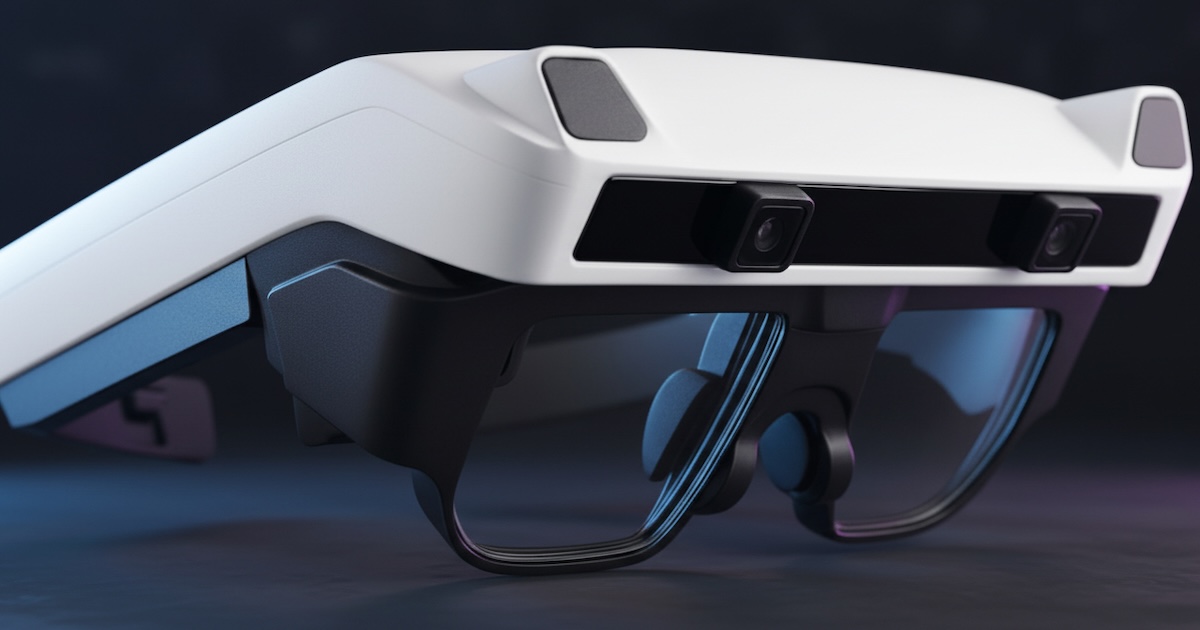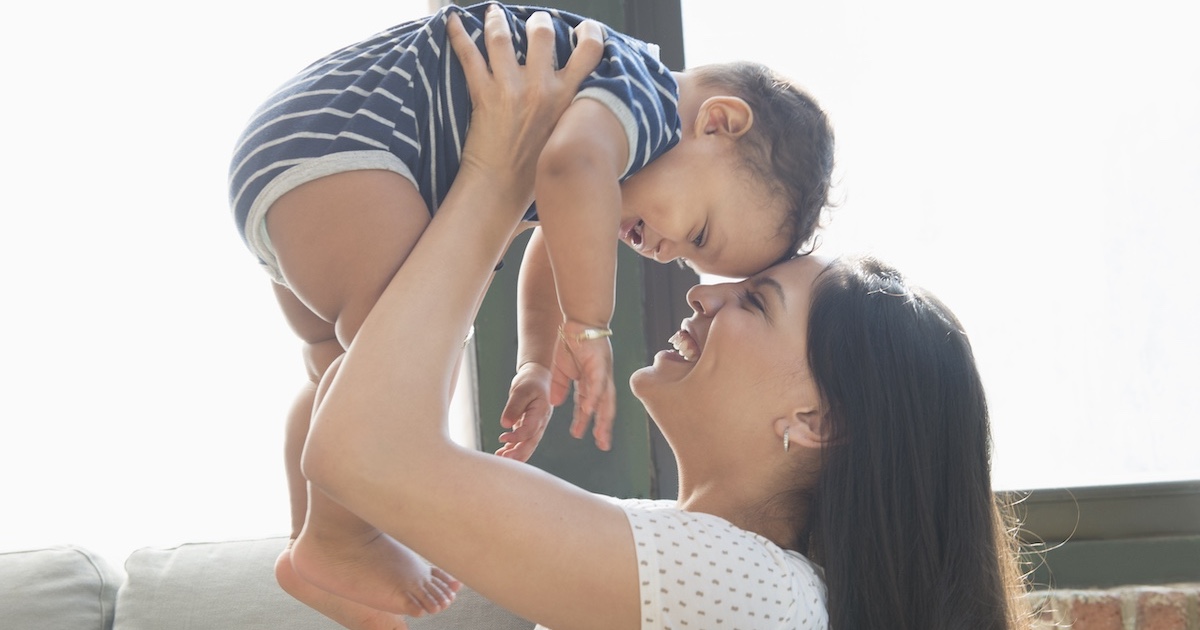The last quarter saw approximately $80 million in venture capital injected into the mHealth realm. If that pace continues, the money might help advance the swarms of mobile apps from rudimentary products to devices and software that actually improve people’s health. At least that’s what the dozens of VC firms trying to guide the young industry are girding for.
“Although there is a subset of apps with impressive functionality (like electrocardiogram and ultrasound readers and blood pressure and glucose monitors) it is clear that most of the healthcare apps available today are only simple in design and do little more than provide information,” said Murray Aitken, executive director of the IMS Institute for Healthcare Informatics. “There is not yet a close linkage between the area of greatest healthcare need and healthcare apps.”
So far, 2013 has seen the most venture capital devoted to mobile across industries – $1.1 billion, more even than total VC funding for health startups, according to a report by CB Insights. And out of that total, 8 percent is devoted to health and wellness.
[Related: mHealthSummit Ventures & Startups]
Among the largest venture firms investing in wearables and related technology is Qualcomm Ventures. The VC arm of the semiconductor and telecom giant created a $100 million fund for wireless health in 2011, and recently invested $43 million in Fitbit, the maker of personal bio trackers. Fitbit’s newest “Force” wristband sells for $129.99 and syncs data to a number of apps and web platforms, tracking steps taken, distance traveled, calories burned, stairs climbed and other activity throughout the day. Qualcomm has also invested in Sotera Wireless, the maker of an FDA-cleared, 510(k) WiFi-enabled mobile patient monitoring system, and its broader health portfolio includes AliveCor, the maker of an FDA-approved clinical-quality mobile electrocardiogram heart monitor and app, and AirStrip, the maker of mobile medical software for clinical teams.
Two of the largest VC funds are betting big on Google Glass. Andreessen Horowitz, the second most active mobile investor so far this year according to CB Insights, is joining Kleiner Perkins and Google Ventures to fund a “Glass collective” of developers to turn Google Glass into a major mobile computing platform – something that will be difficult for mainstream consumers and should have more traction for specialty audiences, like physicians. While Google Ventures is a large mobile investor (supporting such firms as the tax-disrupter Uber), its mHealth interests seem to be tied to Glass. Google’s life sciences portfolio, however, does include several innovative startups, including 23&Me, the personalized genetics company.
Of the some 23,000 apps Aitken’s team reviewed for a recent report, they found more than 300 self-diagnosis apps, more than 350 chronic condition management apps, 200 pharmacy and price locator apps and 225 medication adherence apps. The biggest category is diet and fitness – a sort of mHealth test market that investors are expecting to be profitable.
Among the most popular health and fitness downloads in the Android store is the calorie counter app from MyFitnessPal, a company that has received a range of VC backing – $18 million most recently this past August from Kleiner Perkins, an early stage venture firm, and Accel Partners, one of the largest mobile VC firms. Like other fitness and diet apps, MyFitnessPal combines tracking functions with online social networking to personalized content and also produces a fitness tracking app using an armband to measure activity. MyFitnessPal was started in 2005 as a website and then later an app, and with some 40 million users; it’s eyeing a share of the market that Weight Watchers currently dominates.
More advanced mHealth apps are still waiting to be developed and curated and supported by investors – and some may end up coming not from startups nurtured in Silicon Valley, but from established brands. Nike’s runner tracker app ranks as the fourth most downloaded iPhone app, and WebMD’s free personalized health content and symptom checker app is among the top 10 most downloaded iPhone apps.
Aitken said mHealth companies aren’t really targeting a key demographic: patients over 65. Seniors and retirees are the highest healthcare spenders, but less than 20 percent of them in the United States are using mobile devices. That open market for boomers, combined with the growth in device technology and affordability, leaves a lot of space for startups and investors to innovate and help evolve this first generation of mobile health apps.
Large companies and startups in the mobile health business also face the need to develop sustainable business models – which could mean product integration on a number of fronts, as WebMD’s strategy suggests. With the recent purchase of Avado, the maker of an “EMR-agnostic” patient portal, WebMD is trying to bridge a mobile connection between doctors and patients, and in the process it could end up expanding the mobile health market – if patients come online and get advice from their doctors on which apps would be useful for them.
Related:
Reporter's notebook: The coming convergence of ACOs, mHealth and telemed
Implanted monitors: Disruptive tech close at hand


